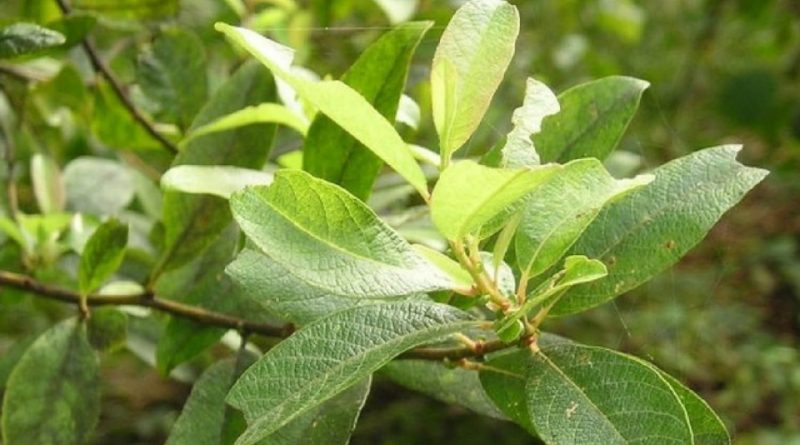Salix caprea
Salix caprea
The Goat Willow known as pussy willow or great sallow (Salix caprea L., 1753) is an arboreal species of the Salicaceae family.
Systematic –
From a systematic point of view it belongs to the Domain Eukaryota, Kingdom Plantae, Subarign Tracheobionta, Superdivisione Spermatophyta, Division Magnoliophyta, Class Magnoliopsida, Order Salicales, Family Salicaceae and then to the Genus Salix and to the Specie S. caprea.
Etymology –
The term Salix was already the classical Latin name of willow, perhaps connected with the Sanskrit saras acqua. The specific capita epithet comes from goats, goats.
Geographic Distribution and Habitat –
The Goat Willow is a species with a very wide diffusion range; It is present from Europe to Japan. In Italy it is present in all regions, except in Sardinia, from sea level to the subalpine range. It is a plant that adapts well to different types of soil, as long as it is not asphyxiated and also tolerates summer arid conditions.
Description –
Salix caprea is a small to medium-sized tree that can reach a height of 15 meters, often polyconic and with a bushy habit and slender foliage. The trunk has a gray-opaque rind, more chapped and brownish with age.The leaves are deciduous, alternate, petiolate, about 8×4 cm, ovate to elliptical shape.It is a dioecious plant with male inflorescences gathered in oval catkins of about 4 cm, covered with silvery hairs before flowering and with yellow stamens; the female inflorescences are similar to the masculine but larger ones. The antesis is between March and May. The fruit is a small sessile and smooth conical-elongated capsule.
Cultivation –
For the cultivation of the Goat Willow take into account that, as for other willows, it is a plant that needs a lot of water for which we must never let its substrate dry. It is a species that grows best in a sunny spot in the half-shade of the garden, with normal soil and also has a good resistance to cold. For the plant of this species the best periods are spring and autumn. Before the implant it is necessary to realize a hole that must be wide and deep twice the root with the roots. Once the pot is removed and the plant inserted into the hole, it must be filled with earth, taking care to press well, to contact the ground, and watering abundantly. Salix caprea is relatively easy to treat. In spring it is advisable to use slow release fertilizers, better if organic. Irrigation shifts should not be frequent but abundant to allow irrigation water to penetrate deeply. After flowering, pruning should be performed to remove all damaged or dry branches.
Uses and Traditions –
Salix caprea is a pioneer species that colonizes the margins of the woods. It lives mainly in the hilly and mountain belt, but is also found in the plains. Due to its characteristics it is used in interventions of environmental renaturation. Like the other willows, its bark also contains salicin, used in the pharmaceutical industry and tannins.The wood of this plant is soft and little used, it was once used to make clothes pegs and handles for agricultural implements. The flexible branches were used to make baskets (as for the wicker). Its ecological interest is however linked to its function as a plant for the consolidation of the banks of the streams and as an important mellifera plant. For the latter end it is an ideal plant to be planted even by itself for its flowering that attracts bees and pronubi.L ‘medicinal interest is instead related to the presence in the plant of tannin and salicin.
Preparation Mode –
Salix caprea could play an important ecological role and for the pharmaceutical industry while, apart from indirect uses for honey production, it does not have particular uses of a food nature.
Guido Bissanti
Sources
– Acta Plantarum – Flora of the Italian Regions.- Wikipedia, the free encyclopedia.- Treben M., 2000. Health from the Pharmacy of the Lord, Advice and experience with medicinal herbs, Ennsthaler Editore- Pignatti S., 1982. Flora d ‘Italia, Edagricole, Bologna.- Conti F., Abbate G., Alessandrini A., Blasi C. (edited by), 2005. An annotated checklist of the Italian vascular flora, Palombi Editore.
Warning: Pharmaceutical applications and alimurgical uses are indicated for informational purposes only and do not in any way represent a medical prescription; there is therefore no liability for their use for curative, aesthetic or food purposes.


